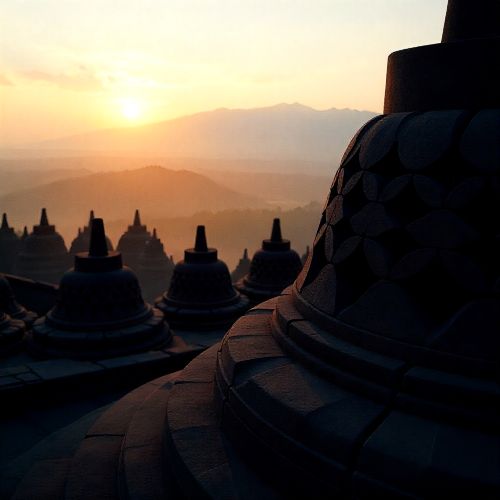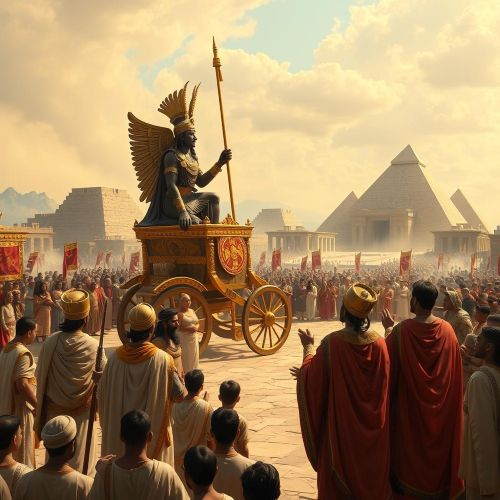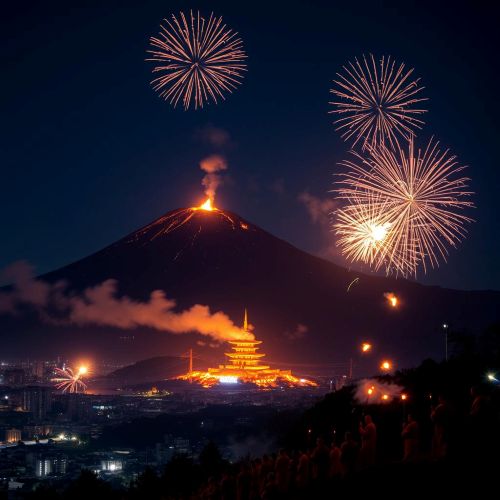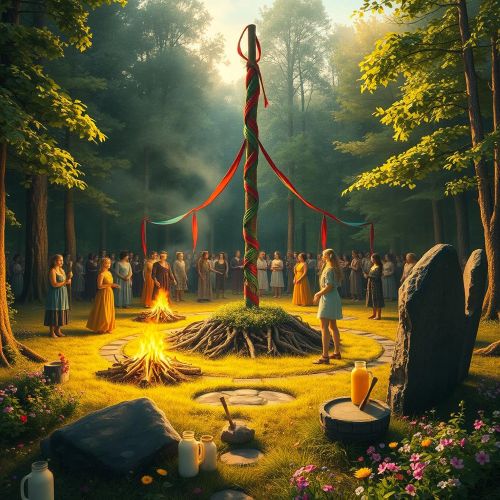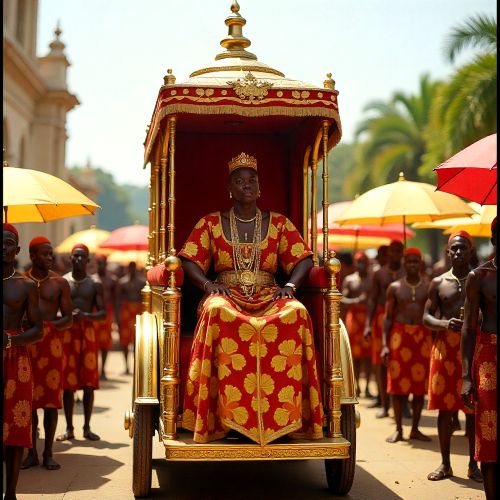Kanyaw : The Sacred Ritual of the Igorot People
At a glance
| Description | |
|---|---|
| Location | Luzon |
| Country | Philippines |
| Dedicated To | Kabunyan |
| Duration | Varies |
| Time of Year | N/A |
Kanyaw
Introduction
Kanyaw, also spelled Cañao, is one of the most enduring ritual traditions of the indigenous highland peoples of Northern Luzon, particularly among the Ifugao, Bontoc, Kankanaey, and Ibaloi communities of the Cordillera. More than a celebration, it is a socio-religious event that binds community, spirituality, and cultural memory. Rooted in pre-colonial belief systems, Kanyaw continues to thrive because it expresses the people’s reverence for their deities, ancestors, and natural environment. While colonial and modern influences have reshaped many aspects of Filipino culture, Kanyaw survives as a living testament to the Cordillera’s spiritual worldview—one that sees human life as intertwined with the will of the gods and the presence of ancestral spirits. Today, Kanyaw remains central to highland identity, performed during agricultural milestones, healing rites, weddings, funerals, and community thanksgiving gatherings. Its endurance symbolizes the continuity of indigenous knowledge in a rapidly changing Philippines.
Connection with Mythology
The ritual’s mythological foundation lies in the Cordilleran belief in Anito—spirits of nature and ancestors who guide human destiny. These spirits are said to influence harvests, health, weather, and protection, making rituals crucial in maintaining balance between the human and spirit worlds. Kanyaw is performed as an act of communication with these supernatural beings, seeking their favor or expressing gratitude.
The supreme deity in many Cordilleran traditions is Kabunyan (also spelled Kabunian), a sky god who governs life and fate. Other mythic figures, such as Lumawig of the Bontoc, are believed to have taught early highlanders how to live, farm, and hold rituals properly. In some oral accounts, Lumawig returns when communities forget their old ways, awakened by music or sincere offerings—reminding people of their obligation to uphold ancestral customs. The origin myths of rice, particularly among the Ibaloi and Ifugao, also include divine intervention and rituals akin to Kanyaw, underscoring how sacred agriculture is in Cordilleran cosmology. Through these stories, the ritual becomes more than a communal event; it is a reaffirmation of humans’ place in a universe shared with deities and spirits.
Main Activities
The activities of a Kanyaw vary depending on its purpose, but each follows a structure imbued with symbolic meaning. The ritual begins with prayers led by elders or mumbaki (Ifugao priest-shamans), who recite chants invoking Kabunyan and the Anito. These chants preserve centuries-old oral knowledge and set the spiritual tone of the gathering.
Animal offerings form the core of the ritual. Chickens, pigs, or carabaos are sacrificed depending on the scale and intention of the event. The sacrifice is believed to nourish the spirits and open a pathway for blessings. The meat is then prepared into traditional dishes such as watwat or pinikpikan and shared among the community. This communal meal transforms the ritual into a social gathering, reinforcing unity and shared responsibility.
Music and dance accompany the ceremony, with gongs, solibao drums, and bamboo instruments setting rhythmic patterns for circular dances. These movements mirror the Cordillera’s understanding of harmony—symbolically bringing people and spirits together. The ritual often lasts a full day or longer, sustained by rice wine (tapey), storytelling, and ongoing prayers.
Importance in Cultural History
Kanyaw is a cornerstone of Cordilleran cultural history because it encapsulates the people’s worldview, governance structures, and social values. It serves as a mechanism for keeping intergenerational knowledge alive, especially in communities where traditions are transmitted through practice rather than written texts. The ritual has historically functioned as a social stabilizer—resolving disputes, strengthening kinship networks, and redistributing wealth through shared feasts.
Its connection to agriculture is particularly meaningful. The Cordillera is home to the Ifugao Rice Terraces, a UNESCO World Heritage Site, where rice farming is intertwined with spiritual belief. Kanyaw is part of this agricultural cycle, performed to bless fields, begin planting seasons, or thank the gods for abundant harvests. In this sense, it is not merely a ceremonial event but also a cultural technology that sustains both ecological and social systems.
Even through colonization, Christianization, and modernization, the practice has endured. Families may adapt the ritual to changing times, but the underlying principles—gratitude, reciprocity, and spiritual balance—remain unchanged. Today, debates about cost, modernization, and generational differences mark contemporary discussions about Kanyaw, yet these reflect its ongoing relevance rather than decline. It remains a ritual that defines community identity and pride among the Igorot and other highland groups.
International Appeal
The global recognition of Kanyaw has grown alongside awareness of indigenous rights and cultural preservation. Igorot migrants around the world have brought the tradition with them, creating “Grand Kanyaw” gatherings in the United States, Canada, Europe, and the Middle East. These overseas celebrations blend traditional elements such as gong performances, dances, and communal feasts with the realities of diaspora life. For many, Kanyaw abroad is a way to teach younger generations their cultural roots.
Scholars of anthropology, mythology, and ritual studies have long been drawn to Kanyaw for its complex interplay of myth, social structure, and spiritual symbolism. Tourists visiting the Cordillera also seek opportunities to witness or learn about the ritual, often as part of cultural immersion programs tied to the Ifugao Rice Terraces. Its visibility on global platforms highlights its cultural strength and the resilience of the Cordilleran people. Kanyaw stands today not only as a local tradition, but also as a symbol of identity and continuity cherished around the world.
Source
Capellan, J. (2024). Uncovering the unspoken stories of mythological creatures and rituals in the Philippines. Somaverge APC. http://somaverge.apc.edu.ph/wp-content/uploads/2024/01/CAPELLAN-Thesis-Journal-2024.pdf
Wikipedia contributors. (2025). Philippine mythology. Wikipedia. https://en.wikipedia.org/wiki/Philippine_mythology
Wikipedia contributors. (2019). Cañao. Wikipedia. https://en.wikipedia.org/wiki/Ca%C3%B1ao
The Pinay Writer. (2021, December 19). The Bisayan Deities: Who were the gods & goddesses? https://thepinaywriter.com/the-bisayan-deities-who-were-the-gods-goddesses/
Aswang Project. (2022, June 2). Philippine mythology: Similarities and parallels to world mythologies. https://www.aswangproject.com/philippine-mythology-similarities-and-parallels-to-world-mythologies/
Wisdom Library. (2025, July 12). Meaning of the name Kanyaw. https://www.wisdomlib.org/names/kanyaw
Frequently Asked Questions
What is the purpose of Kanyaw in Igorot culture?
Kanyaw is performed to honor deities and ancestral spirits, seek blessings, and celebrate major life events or agricultural milestones.
Which deity is central to the Kanyaw ritual?
Kabunyan, the Cordilleran sky god, is most frequently invoked during Kanyaw ceremonies.
What animals are used in Kanyaw sacrificial offerings?
Chickens, pigs, and sometimes carabaos are sacrificed depending on the scale and purpose of the ritual.
Is Kanyaw still practiced today?
Yes, Kanyaw remains widely practiced in the Cordillera and among Igorot communities abroad.
Lorem ipsum dolor sit amet, consectetur adipiscing?
The ritual draws from pre-colonial beliefs in Anito spirits and deities like Kabunyan and Lumawig, forming a bridge between myth and daily life.




